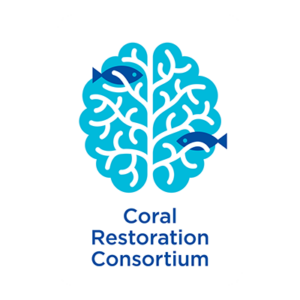Coral Reef Restoration
Course Description
Coral reef managers are increasingly turning to restoration as a strategy to combat reef degradation and promote reef recovery. As a result, different techniques are being used across the globe, making it difficult to choose the right approach for your location’s specific needs and capabilities. The Coral Reef Restoration Online Course is designed to provide coral reef managers and practitioners with best practice guidance for common coral reef restoration techniques. Course topics include strategic restoration planning, field-based and land-based interventions, and monitoring. As of early 2022, lessons have been updated with new science and resources to keep pace with this rapidly advancing field.
Course Outline
Introduction to Coral Reef Restoration & Project Planning – introduces the general theory and practice of ecological restoration and its use in coral reef ecosystems. It summarizes a guided process for planning and designing a coral reef restoration program, from setting objectives through determining on-the-ground restoration interventions. (1 hour)
Coral Propagation and Field-based Coral Nurseries – describes common field-based coral propagation and restoration approaches. Information includes collection of coral fragments from reefs, types of field-based coral nurseries, techniques for propagating and rearing corals in nurseries, and outplanting corals back onto reefs. (1 hour)
Land-based Coral Nurseries – describes key concepts associated with propagating and rearing coral colonies in land-based coral nursery facilities. It covers considerations and steps involved in setting up and running land-based nursery systems and provides a showcase of examples of different types of land-based nurseries from around the world. (1 hour)
Larval-based Coral Propagation – details the steps involved in enhancing coral populations using the techniques and approaches known as larval propagation. This lesson includes information on the natural sexual reproduction process of corals, and describes methods for collecting and fertilizing coral gametes, rearing new coral larvae and promoting settlement onto the reef or artificial structures, and outplanting corals back onto reefs. (1 hour)
Restoring Physical Reef Structure – explores restoring the physical structure of coral reef ecosystems, an important intervention for habitats that have been damaged, degraded, or become unsuitable for coral larval settlement. It describes different techniques for stabilizing reef substrate and key considerations for the use of artificial structures. (1 hour)
Rapid Response and Emergency Coral Reef Restoration – provides guidance on how to prepare for, respond to, and repair coral reefs after disturbance events. Recommendations in this lesson focus on responding to three major causes of damage: tropical storms, vessel groundings, and disease epidemics. (1 hour)
Monitoring for Coral Reef Restoration – describes monitoring approaches to evaluate the success and development of a coral reef restoration project. It discusses current practices for monitoring, including methods and metrics that assess individual coral colonies and the broader ecological effects of restoration on reef sites. (1 hour)

